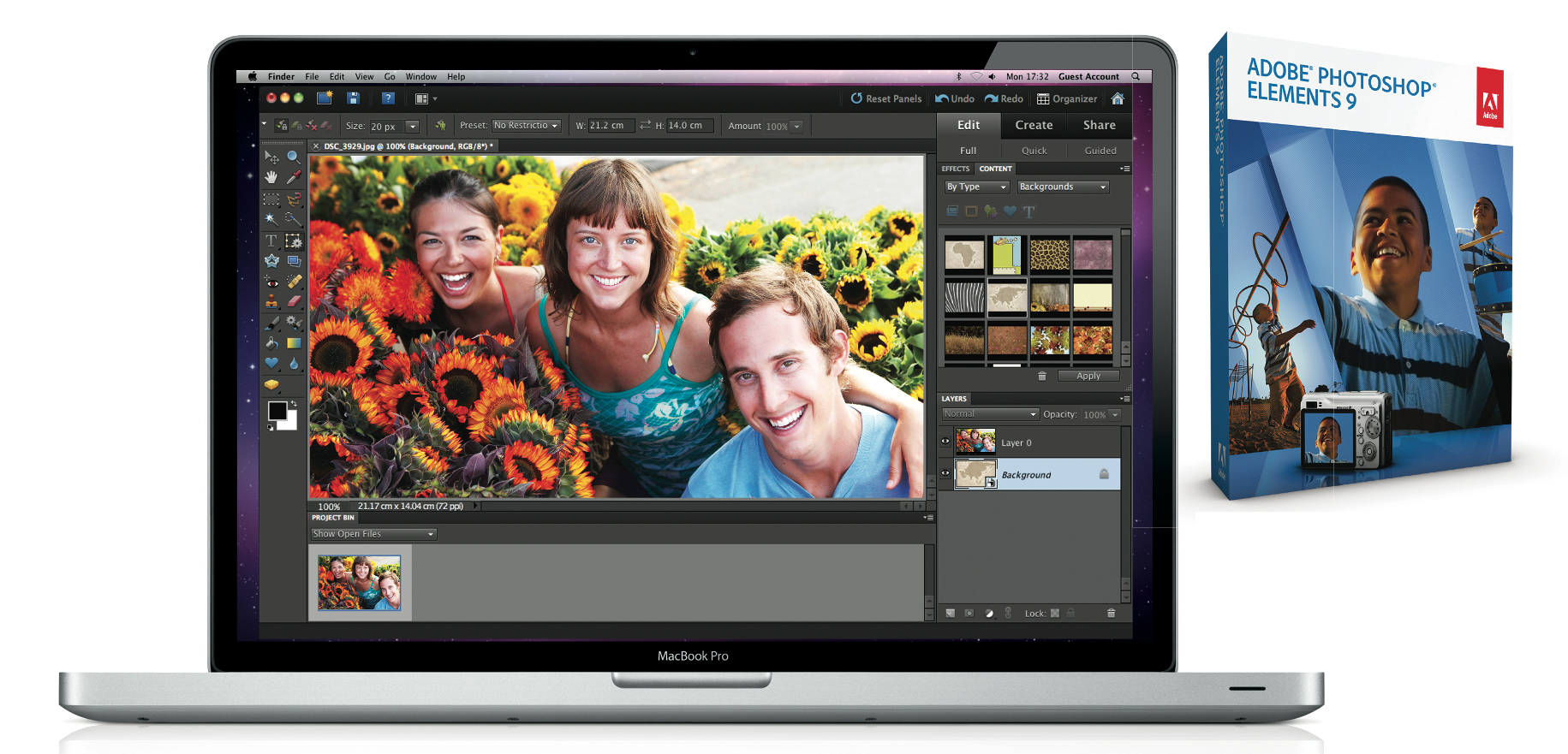A very common question we get at ArtisanHD is whether we prefer sRGB vs Adobe RGB color profiles. You will get the best results if your photo or artwork has Adobe RGB 1998 as the color profile.
sRGB vs Adobe RGB Color
sRGB and Adobe RGB are two distinct color spaces used in digital imaging and photography with varying results. The primary difference between sRGB and Adobe RGB is the color gamut they cover. sRGB is a smaller, more universally compatible color space, while Adobe RGB is larger and preferred for professional work, especially when precise color reproduction is necessary, such as in high-quality prints. Choosing the right color space depends on your specific needs and the final destination of your images. Let’s get into more detail on the difference between these options and what it means for you.
sRGB (Standard RGB)
You will see sRGB images in digital form and they are great at displaying consistent colors across images on every device. Digital catalogs or e-commerce web pages rely on sRGB to show the true colors of a given product so there are no surprises when orders are received.
- Most commonly used color space and is the standard for the web and most consumer-level electronic devices.
- It has a more limited color gamut compared to Adobe RGB, meaning it can represent a smaller range of colors.
- sRGB is designed to be consistent across different devices, ensuring that colors look reasonably similar on different monitors and devices.
- It’s well-suited for images intended for online use, social media, or general consumer displays.
Adobe RGB (1998)
Invented in 1998 by Adobe (hence the name), Adobe RGB (1998), has become the industry standard for all printed photos because it can better capture the entire color gamut and therefore translate better when printed.
- Adobe RGB is a wider color space that encompasses a larger range of colors compared to sRGB. It is often referred to as a “wide-gamut” color space.
- This color space is commonly used in professional photography and the printing industry because it can represent a broader spectrum of colors, especially in the cyan and green ranges.
- Adobe RGB is more suitable for images that are intended for high-quality prints, such as art prints, magazines, or professional photography work, where preserving the full-color range is crucial.
- When viewing Adobe RGB images on devices or monitors that don’t support this color space, the colors may appear oversaturated or incorrect.
How Do I Convert sRGB To Adobe RGB (1998)?
The most common software used to convert sRGB to Adobe RGB (1998) is Adobe Photoshop. Adobe provides a more in-depth explanation of photo file conversion, depending on the final result you’re looking for.
If you don’t have Adobe Photoshop or know how to convert your image file to Adobe RGB 1998, we will convert it for you. However, be aware that the colors may turn out slightly different than they appear on your computer screen. We STRONGLY suggest looking at your artwork or photo converted to the proper file type before sending it to us. This is especially important for flesh tones, which are muted in sRGB.
For more information about our file preferences, read this FAQ.
If you’d like to read further, check out this blog post about Sizing Images for Print.


